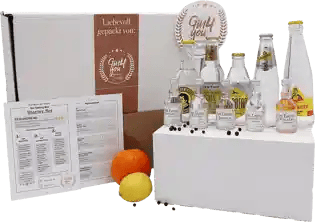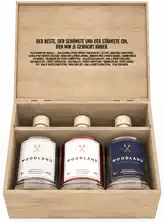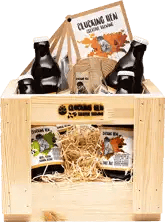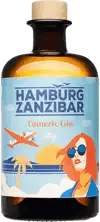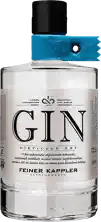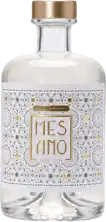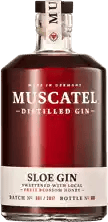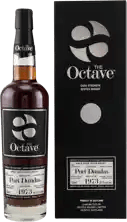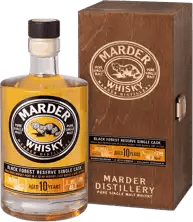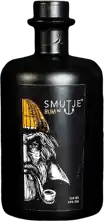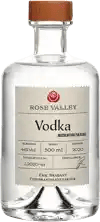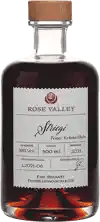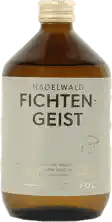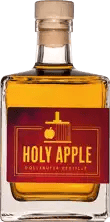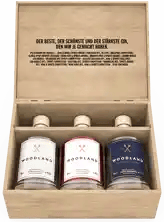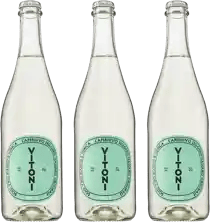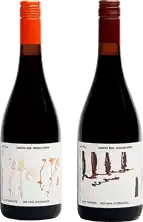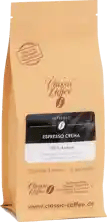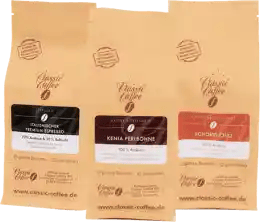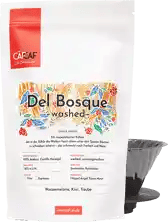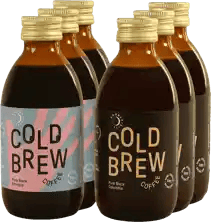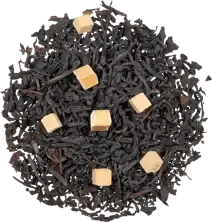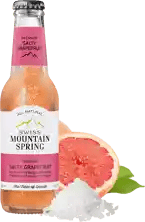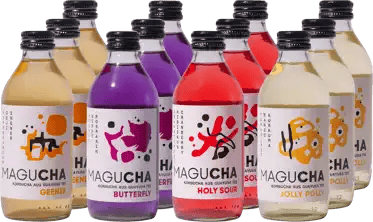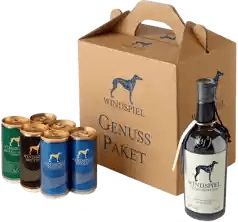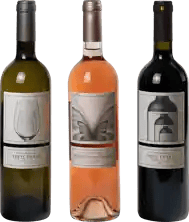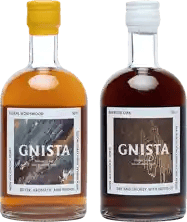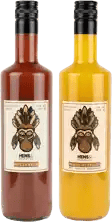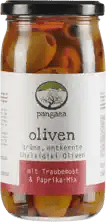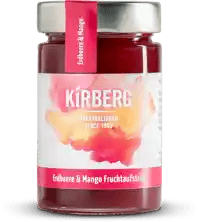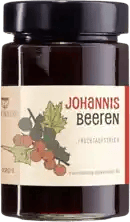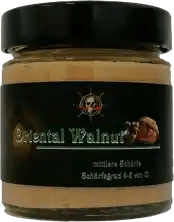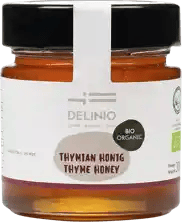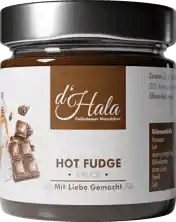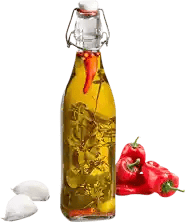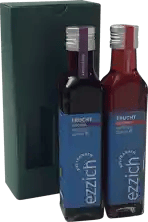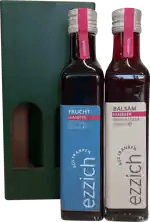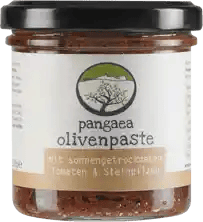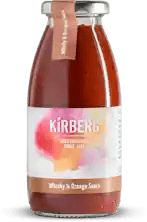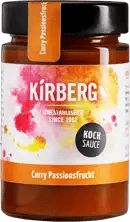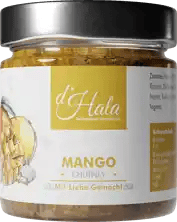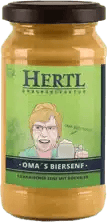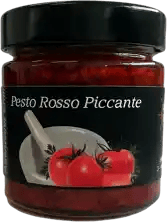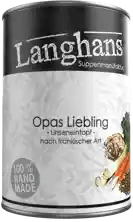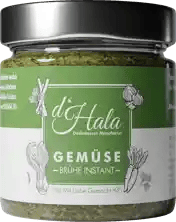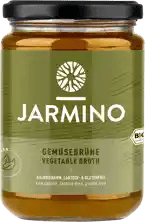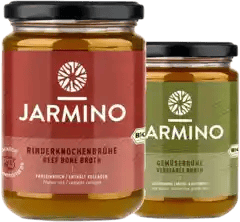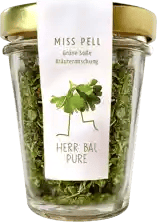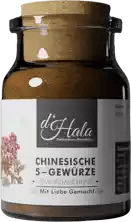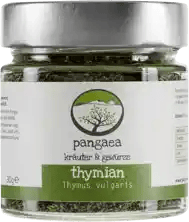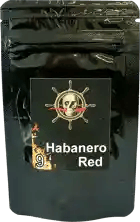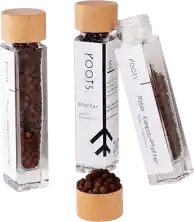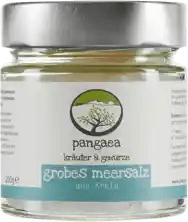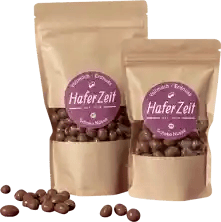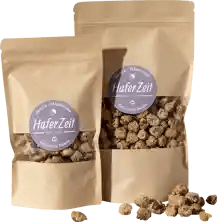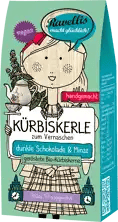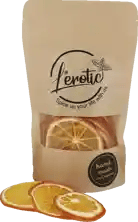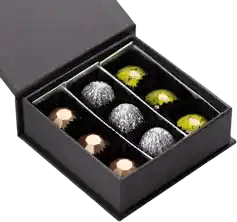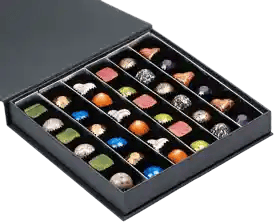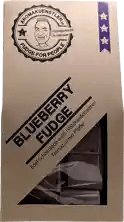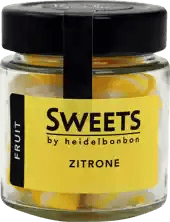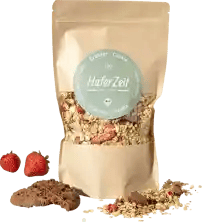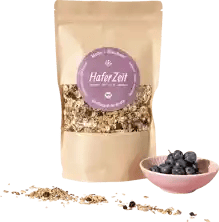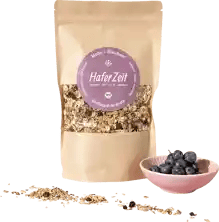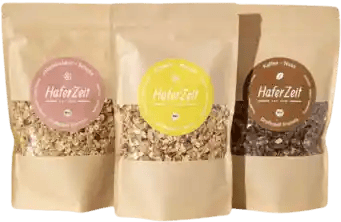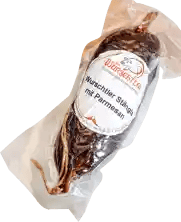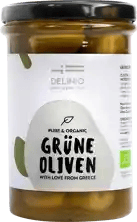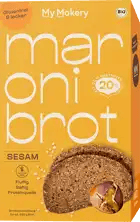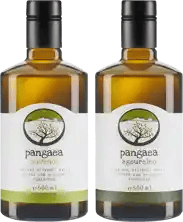Quality instead of quantity!
7,000 independent products
No mainstream
7,000 independent products
Absinthe: A drink with history and mysticism
Absinthe, often referred to as the "green fairy", is a strong alcoholic drink that has its origins in the 18th century. It is made from a variety of herbs, with wormwood, aniseed and fennel being the main ingredients. The characteristic green color and high alcohol content make absinthe a unique experience.
The history of absinthe
Absinthe was first produced in Switzerland in the late 18th century and quickly spread throughout Europe. It became particularly popular in artistic and literary circles in France in the 19th century. Famous personalities such as Vincent van Gogh and Ernest Hemingway were well-known absinthe lovers.
However, absinthe was also the target of controversy and bans, mainly due to its supposed hallucinogenic effects. It was not until the end of the 20th century that the ban was lifted in many countries and absinthe experienced a renaissance.
The production of absinthe
The absinthe production process begins with the maceration of the herbs in high-proof alcohol. The main herbs used are wormwood, aniseed and fennel, but other herbs such as lemon balm and coriander are also often used. This mixture is steeped for several hours or days to extract the flavors.
After maceration, the mixture is distilled to refine the flavors and reduce the bitter compounds. The distillation process is crucial in order to obtain a clear and pure absinthe. After distillation, the absinthe can be macerated with other herbs to add additional flavors and give it its characteristic green color.
The final step is to dilute the distilled absinthe with water to achieve the desired alcohol content. Many traditional absinthe varieties have an alcohol content of 45% to 74%, although some modern variations can be weaker. The quality and taste of the absinthe depends heavily on the ingredients used and the craftsmanship of the distiller.
Rituals and enjoyment
The consumption of absinthe is often associated with rituals that enhance the drinking experience and bring out the flavors of the drink. A traditional absinthe ritual involves the use of a special absinthe spoon on which a sugar cube is placed. Cold water is slowly poured over the sugar, which dissolves and drips into the absinthe glass. This process, known as "louche", causes the absinthe to become milky cloudy and the essential oils to be released.
Another aspect of the absinthe ritual is the use of special absinthe glasses, which often have a marked line to ensure the correct ratio of absinthe to water. The typical mixing ratio is 1 part absinthe to 3 to 5 parts water, depending on personal taste.
There are also more modern ways to enjoy absinthe, for example in cocktails. The classic absinthe cocktail "Death in the Afternoon" was popularized by Ernest Hemingway and consists of absinthe and champagne. Absinthe can also be used in combination with other spirits and ingredients to create innovative and flavorful cocktails.
Myths and reality
Absinthe is surrounded by many myths, including the rumor that it causes hallucinations. These myths originated in the 19th century when absinthe was popular in artistic circles. Modern scientific studies have shown that the thujone content in absinthe is too low to cause such effects.
Absinthe today
Nowadays, absinthe is experiencing a renaissance. Many small distilleries around the world produce different varieties, ranging from traditional recipes to modern interpretations. Absinthe offers a wide range of flavors and styles to discover.
The best-known producing countries include Switzerland, France and Spain, but Germany and the Czech Republic also have a long tradition of absinthe production. Each region brings its own nuances and special features to the production process, resulting in a wide variety of absinthes.
Most high-quality absinthes are produced in small batches by artisan distilleries. Names such as Pernod, Kübler and Jade are among the well-known brands that are appreciated worldwide for their quality.
Absinthe is now exported to many countries, with the main markets being in Europe, the USA and Asia. A wide selection of absinthes can be found in bars and restaurants that specialize in handcrafted spirits. Absinthe lovers can also discover and order a wide range of varieties in special online stores.
Tips for buying and enjoying
When buying absinthe, you should pay attention to the quality and authenticity of the product. Many high-quality absinthes are produced in small batches and use natural ingredients. Enjoy absinthe with care and discover the many ways in which this historic drink can be prepared and consumed.
Brilliant!

Bitte bestätige deine Anmeldung noch eben - du hast eine Bestätigungsmail von uns. Klicke darin auf den Link. Danach bekommst du deinen Rabattgutschein.

